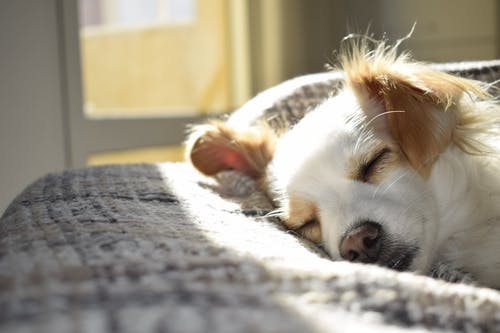Vomiting is a frequent occurrence for cats, and various factors can trigger it. It can be due to eating harmful or unpalatable food to diabetes, urinary tract diseases, or hairballs. This article will provide information on when to bring your pet to a vet visit, the causes that cause cats to vomit, and the treatments you can use to treat your cat’s health.
How do I recognize vomiting?
Vomiting can start by creating an uneasy feeling that causes the cat to feel anxious and nervous. Cats are susceptible to biting on their lips, drooling, or swallowing. Vomiting is an intense abdominal contraction that eliminates liquids or food. Furthermore, the fierce force of vomiting can be highly stress-inducing for cats.
Cats might cough up foamy or frothy matter, which they then take in. They are also more likely to sit, crouch when coughing, and stretch their necks. It may also be beneficial to show your vet an image of your cat’s behavior to identify coughing caused by vomiting. Furthermore, facilities like Westside Veterinary Clinic offer the best assistance and guidance on diagnosing the causes of vomiting.
Vomiting vs. Regurgitation
Cats can be susceptible to vomiting due to a variety of reasons. The look of their vomit could differ concerning the cause. Many pet owners know hairballs in cats who consume large amounts of hair in regular grooming. Hair isn’t digestible and may be spit out from the stomach.
The duration, frequency, and appearance of vomiting are only some of the issues you should discuss with your veterinarian. It can also assist pet owners in understanding the distinction between vomiting and regurgitation by clicking any website like this.
Vomiting
Vomiting is the quick removal of stomach contents and the upper part of the intestinal. It’s a quick process that could last as long as a few minutes. During this time, the cat can appear unwell or experience abdominal pain. Then, the cat may vomit.
Cat Vomiting Treatment
There are a variety of causes for vomiting in cats that can prevent. Follow these tips to ensure your pet’s digestion is in good shape:
- Ask your vet about special diets. If your cat is suffering from allergies to food or issues, such as diarrhea, eating the diet that your veterinarian suggests will help prevent vomiting. Make sure your cat has balanced and high-quality food. Do not overfeed your cat by feeding them food scraps or leftovers that are leftover from the table.
- It is better that you consider the possibility of applying the OTC solution for hairballs. If your cat has long hair or those prone to hairballs, consult your vet about the options at the pharmacy to prevent vomiting caused by hairballs.
- Be aware of objects, not food-based. Make sure your cat doesn’t consume food-based items such as strings toys or the plants in your home.
Regurgitation
Regurgitation typically happens suddenly and can occur without warning. The cat will usually be healthy initially, but it “spits out” without retching or coughing. The signs that your pet is suffering may aid you and your veterinarian in determining the source of the issue. If your cat requires diagnostic tests, you can immediately visit a vet lab for pet medication. Below are some apparent variations in regurgitation:
- Regurgitated food appears to be undigested.
- Small amounts of saliva and water may accompany regurgitated food.
- When a cat regurgitates, it lowers its head and efficiently removes the food from its mouth.
Common Reasons a Feline Regurgitates After Eating and Ways to Help
- If your cat is eating too quickly, consider using a feeding bowl with a wider surface area to spread the food out so that the pieces are eaten individually, or use a slow feeder.
- If your feline is nervous or anxious during feed time, feed them in separate areas if they’re eating with other cats.
- If the food is cold, place it in a plastic bag and soak it in warm water before serving.

